How a transfer really works - agents, tapping up, WhatsApp and why clubs can't recoup fees with shirt sales
The Independent asked Jake Cohen, a sports lawyer who has worked on a number of high-profile transactions in football, to clear up some common misconceptions
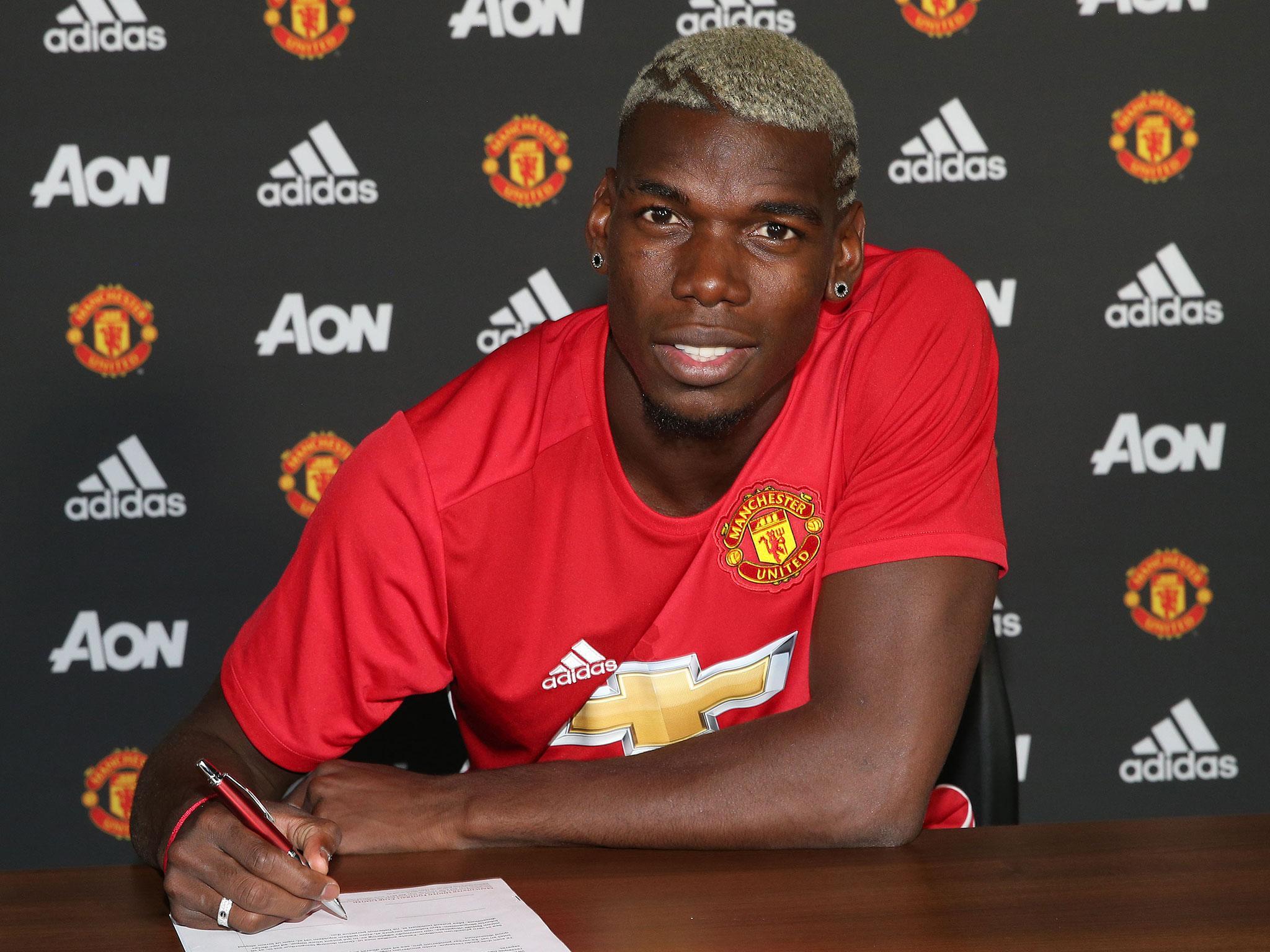
Your support helps us to tell the story
From reproductive rights to climate change to Big Tech, The Independent is on the ground when the story is developing. Whether it's investigating the financials of Elon Musk's pro-Trump PAC or producing our latest documentary, 'The A Word', which shines a light on the American women fighting for reproductive rights, we know how important it is to parse out the facts from the messaging.
At such a critical moment in US history, we need reporters on the ground. Your donation allows us to keep sending journalists to speak to both sides of the story.
The Independent is trusted by Americans across the entire political spectrum. And unlike many other quality news outlets, we choose not to lock Americans out of our reporting and analysis with paywalls. We believe quality journalism should be available to everyone, paid for by those who can afford it.
Your support makes all the difference.Transfer season is in full swing, and while there is nearly bottomless coverage of rumours, negotiations, and deals, there are still some questions about how transfers actually work from a business perspective.
In order to shine a bit of light on the business of transfers, The Independent has asked Jake Cohen, a sports lawyer who has worked on a number of high-profile transactions in football, to clear up some misconceptions and discuss some of the finer points of the business of a transfer.
Here's all you need to know:
How do transfers work?
In a proposed transfer deal, there are often three key negotiations taking place at the same time – the negotiation between the buying club and the selling club over the transfer fee, the negotiation between the buying club and the player’s agent over the player’s personal terms, and the negotiation between the buying club and the player’s agent over agent fees.
Technically, the selling club must first give permission to the buying club to speak to the player regarding his potential move, but in reality, there will often be intermediaries that liaise between the buying club and the player to gauge the player’s interest before official permission is granted. This can be a murky area, and can and does lead to accusations of tapping up, as we recently saw last month with Southampton accusing Liverpool of tapping up over Virgil van Dijk.
In logistical terms, many negotiations are largely conducted via WhatsApp.
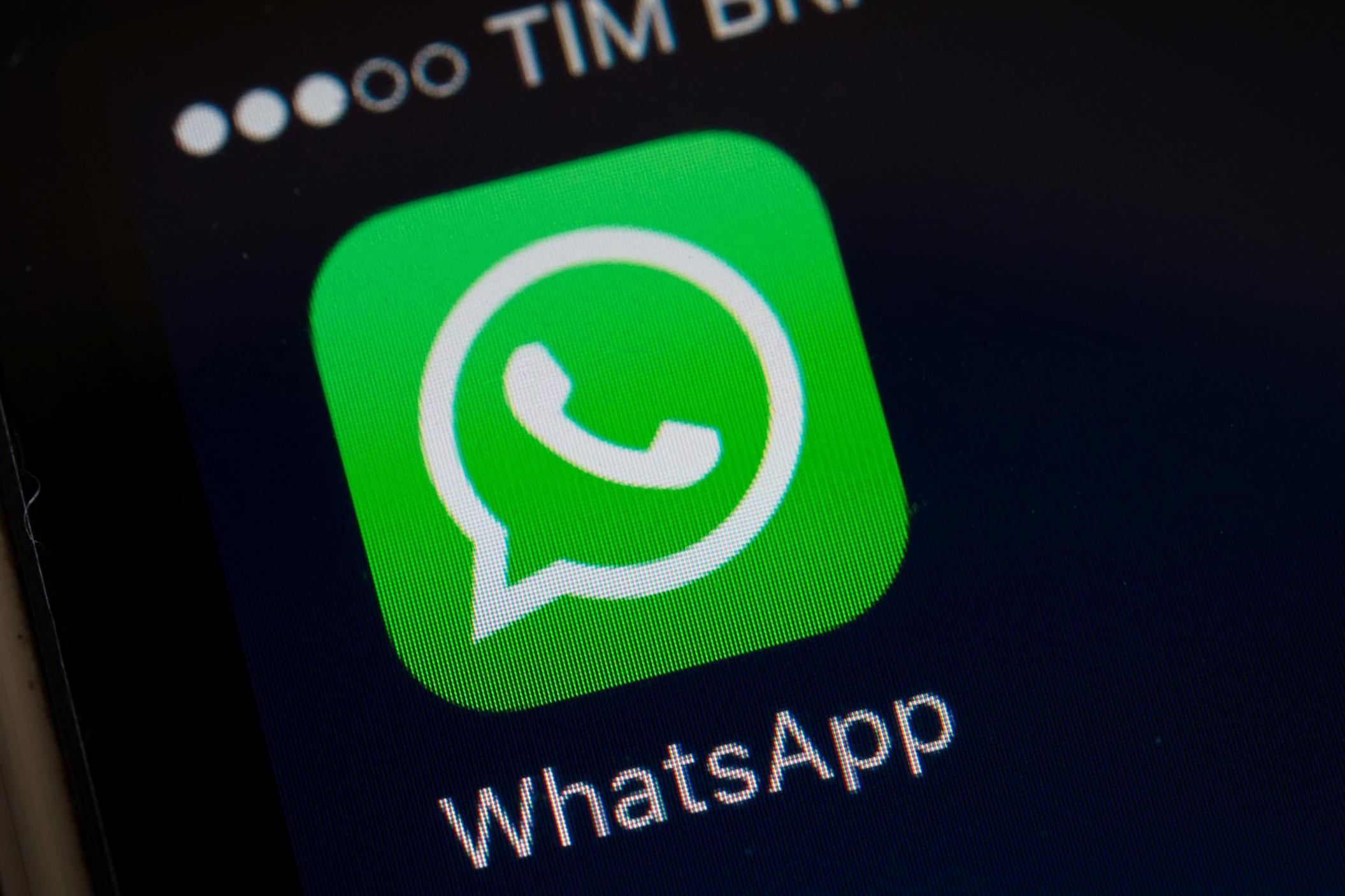
Many agents and club executives prefer WhatsApp for a number of reasons – everyone always has their phone at the ready, it’s easier than e-mail, the group chat feature, there are read receipts so there’s never any question as to whether the other(s) received the latest information you sent, and you can message and call worldwide from anywhere on the planet.
Additionally, WhatsApp contact info never has to change if the user doesn’t want it to: for example, a high-profile club executive recently began a new job with a club in a different country, and he has a new e-mail, office number, and club mobile number. However, his WhatsApp number remains the same. So, it remains very easy for relevant stakeholders to get in touch with the executive without having to track down his new club-specific contact information.
It might sound surprising, but in 2017, WhatsApp is an indispensable tool for many involved in football transfers.
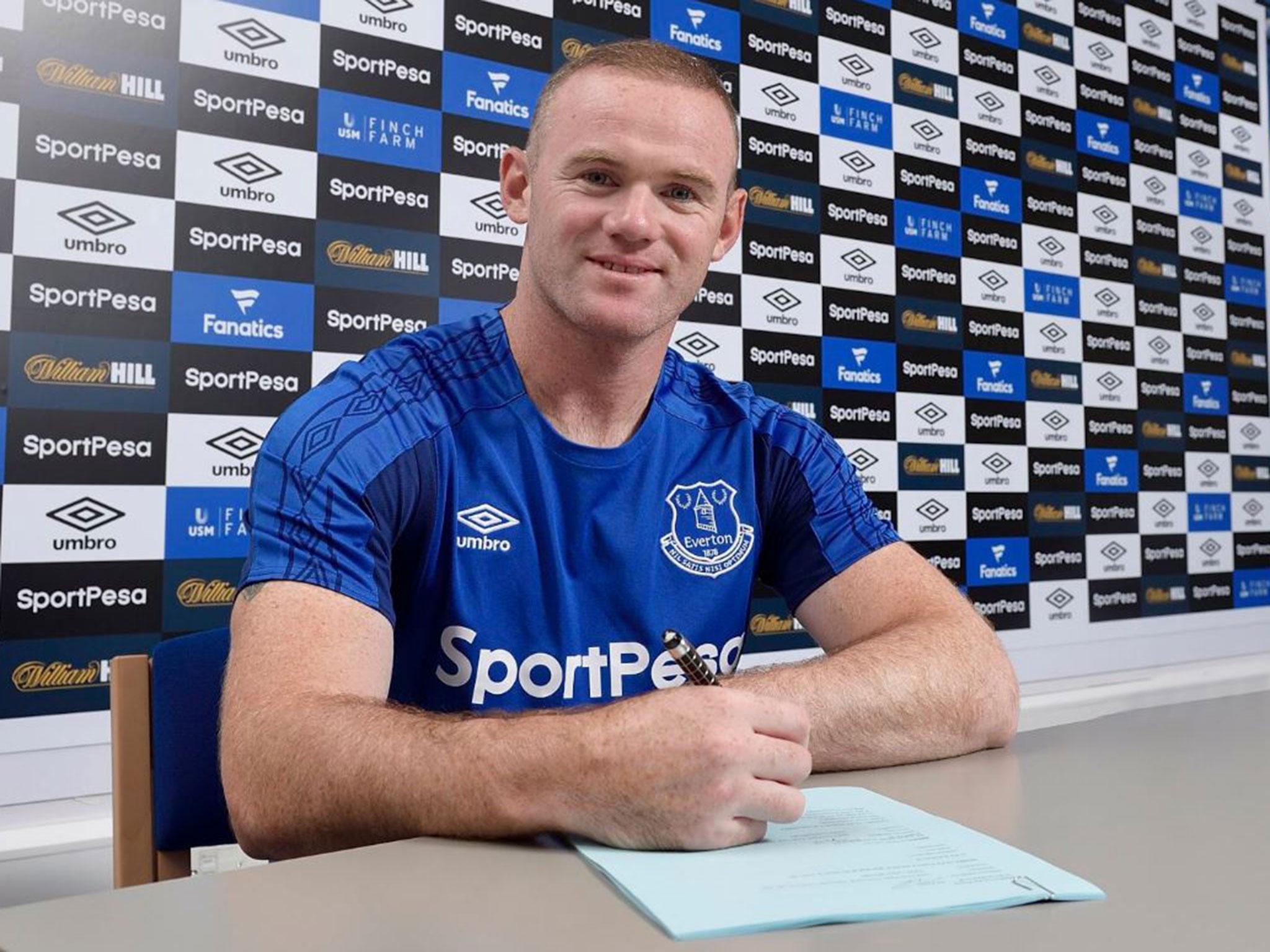
What are Multiple Representation Agreements?
When it was reported that Mino Raiola acted on behalf of Paul Pogba, Juventus and Manchester United in Pogba’s record-breaking transfer from Italy back to Manchester, the prevailing – and inaccurate – view was that Raiola’s involvement on all three sides was somehow a unique situation.
More recently, it was reported that one of the reasons why Romelu Lukaku signed for Manchester United was because the club were willing to pay Raiola a substantial agent fee, whereas Chelsea were not.
In reality, an agent acting for multiple parties in a transfer is the norm, at least when English clubs are involved. Sound surprising? Have a look for yourself.
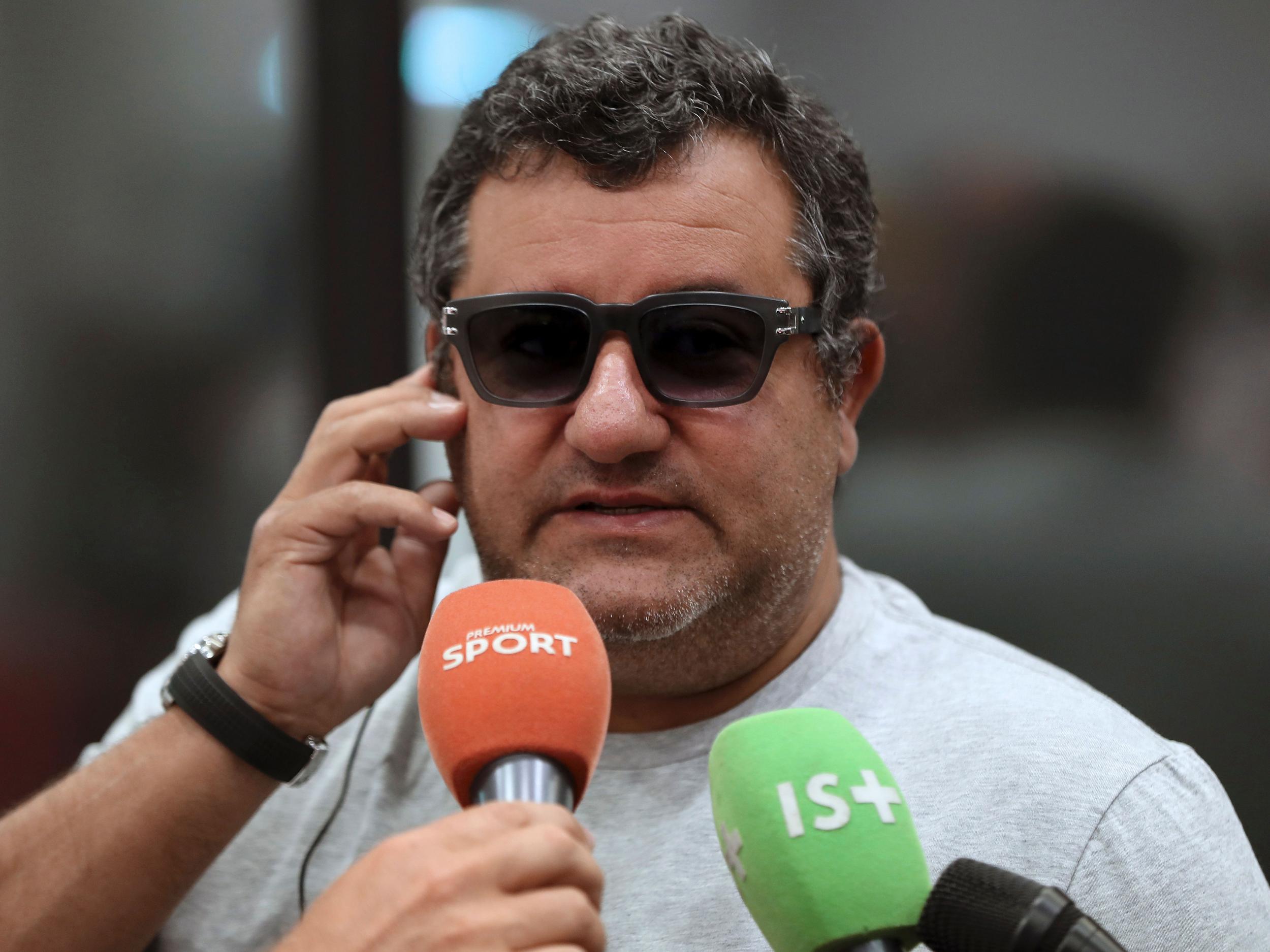
In the Lukaku transfer, for example, Raiola would have been acting for Lukaku in contract negotiations with the buying club, while also having a separate agreement with the buying club to act on its behalf in the transfer negotiations with Everton.
While there is an inherent conflict of interest, multiple representation agreements are very common and completely within the rules so long as all parties agree to this arrangement and the player involved in the transfer is not liable to pay any of the agent fee (however, that player will be taxed by HMRC on a portion of the agent fee, as it is classified as a benefit in kind, but that is strictly a tax matter and entirely separate from football regulations). The process to secure FA approval for double and triple representation agreements is fairly straightforward.
Why do some clubs announce deals before the transfer window opens?
International transfers cannot be officially processed during the summer transfer window until 1 July.
Why, then, did we see a number of high-profile deals announced prior to 1 July? For example, Manchester City announced its signing of Bernardo Silva from Monaco on 26 May, just days after the Premier League season ended.
While a player involved in an international transfer cannot be registered with his new club until 1 July, this doesn’t prevent the buying club, the selling club, and the player from agreeing to terms prior to 1 July. For many clubs, the fiscal year runs from 1 July to 30 June, which happens to coincide with the start of the international summer transfer window.
Why is the fiscal year and its proximity to the summer transfer window relevant? It gives clubs leeway to record transfers agreed to around this time on either set of books, i.e. the fiscal year that is about to end or the fiscal year that is about to begin.
For example, Barcelona concluded its sale of Cesc Fabregas to Chelsea in June 2014, which allowed the club to record the profit from that transfer on its 2013/14 financial accounts. However, Fabregas still couldn’t be registered with Chelsea until 1 July.
There are also marketing considerations. For example, Chelsea’s deal with Adidas ended on 30 June and its deal with Nike began on 1 July.
Chelsea and Nike have signed a fifteen-year deal worth an initial £900 million. As a result, there was no logical reason for Chelsea to announce any new signing prior to 1 July.
Why would a club announce a marquee signing and have their new player hold or wear a kit featuring the brand of an outgoing commercial partner?
Furthermore, when the club has the option to wait a few days and announce the marquee signing in collaboration with their incoming commercial partner, who is, by far, their most lucrative sponsor and a direct competitor of the outgoing commercial partner, it becomes very easy to see why Chelsea and other clubs in similar situations would wait.
Indeed, Chelsea’s announced its first major signing, Antonio Rudiger, with a video depicting a young fan at the club shop at Stamford Bridge wanting to get a new Chelsea shirt with Rudiger’s name on the back.
Beyond that, some deals simply take time due to protracted negotiations between the clubs over the terms of the transfer and/or between the player and the buying club over personal terms.
There are a number of other logistical reasons that can cause a transfer to be delayed. For example, several players who are transfer targets have been in Russia at the Confederations Cup with their national teams are just now enjoying their first days off from football in months.
With several clubs having already required their players to report to pre-season training, many players have a very small window for which they can take a holiday this summer. It should be easy to see why certain players may decide to temporarily put work on hold to enjoy the brief time they have available to spend with family and friends.
There are also several other factors that can hold up a deal even after key terms have been agreed, ranging from work permits to image rights deals. One recent high-profile deal involving a top international player moving to a Premier League club was delayed because of fairly unique complexities involving his image rights company, which needed to be addressed and resolved before he could conclude the image rights portion of the deal with his new club.

Clubs can recoup transfer fees in shirt sales, right?
It is often claimed that a club can recoup a marquee player’s transfer fee through shirt sales. However, in reality, this couldn’t be further from the truth.
Kit deals are not traditional sponsorship deals – they are licensing deals, which enable the kit manufacturers to use the club’s brand to sell branded apparel. Clubs will traditionally receive an annual fee – for example, Manchester United receives £75 million per year from Adidas, Chelsea receives an initial £60 million per year from Nike, and Arsenal receives £30 million per year from Puma – and then 10-15% of the revenue the kit manufacturer generates from shirt sales.
Furthermore, signing a star player doesn’t lead to as many new kits being sold as one might think. While there will usually be an uptick in shirts sold in the market where the player came from, it is more often the case that those who were already planning on purchasing a shirt will choose to get the new player’s name on the back, rather than an existing player.
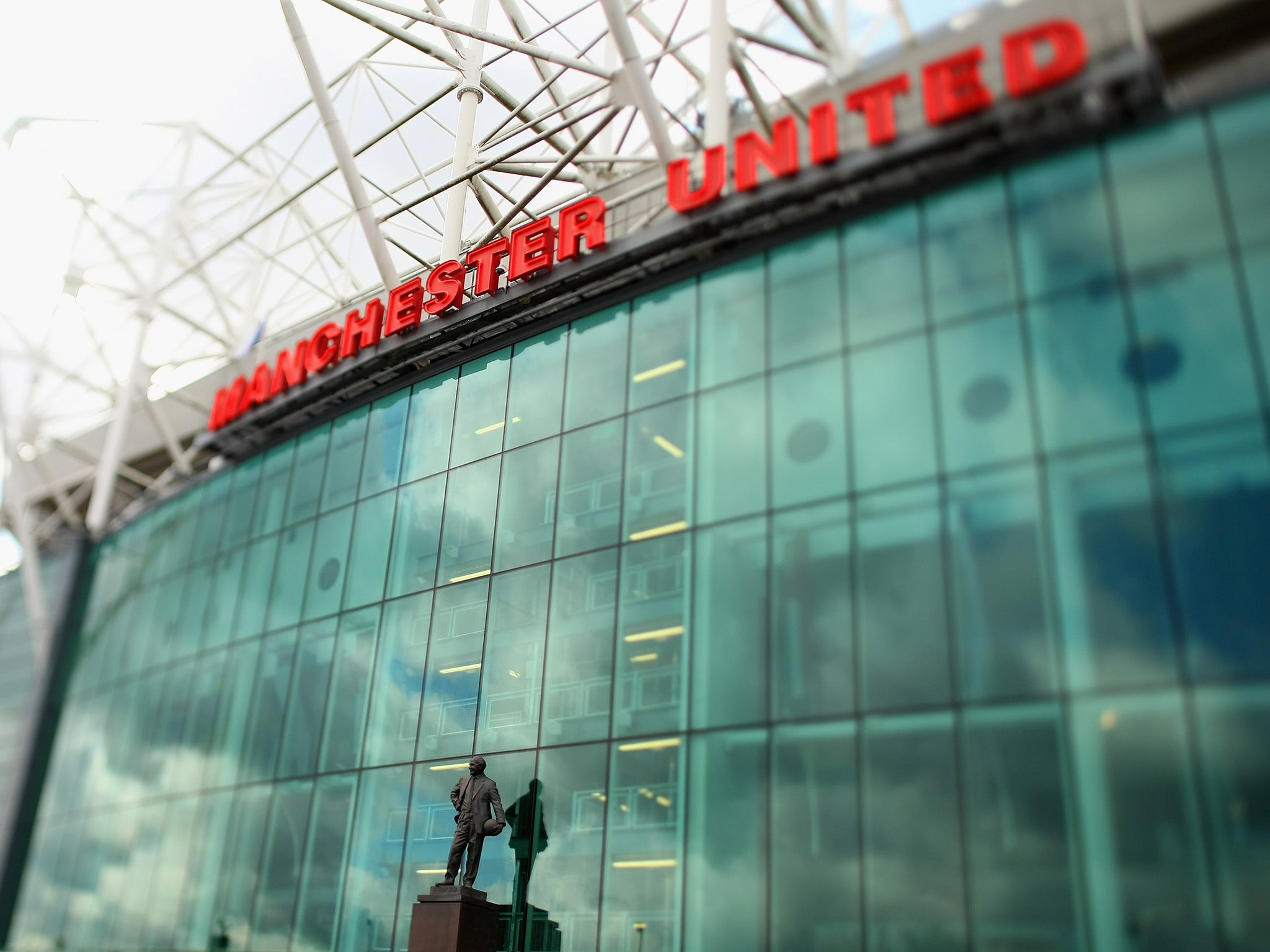
The kit deal is often a football club’s most lucrative sponsorship, and for good reason. The manufacturers aren’t paying the clubs to have a tiny logo emblazoned on the front of the club’s shirt – rather, they’re making an investment that will yield an excellent return. As an example, Adidas CEO Herbert Hainer projected that Adidas would earn £1.5 billion from its ten-year, £750 million deal with Manchester United.
Why don’t football clubs simply manufacture their own shirts and keep 100% of the profits? The simple answer is because they’re football clubs, not kit manufacturers. They don’t have the global distribution networks necessary to manufacture, ship, and sell hundreds of thousands, or in some cases, millions of shirts each year. Many clubs even outsource the logistics of their online shops, which are miniscule operations compared to what is required to manufacture, distribute and market kits on a global scale.
Football clubs don’t have access to these resources. Even the largest football clubs in the world are comparatively tiny businesses when it comes to the likes of Adidas and Nike. To put it in perspective, Nike has earned substantially more in three months (nearly £7 billion for March, April, and May 2017) than Chelsea have earned in its 112-year history.
What about loan deals?
It is a common misconception that clubs can just send their players on loan at will.
In every loan deal, the player himself must agree to the loan. No player is ever sent on loan to a club and under terms that he doesn’t explicitly agree to.
It's all about net spend though, isn't it?
We often hear tell of things like “net spend” and “war chests,” which purport to quantify the spending power of a particular club during a particular transfer window.
However, no club takes “net spend” into account when conducting business and no manager is ever “handed a war chest.” These misguided ideas of how clubs conduct business rely solely upon transfer fees and completely fail to take wages into account. In reality, clubs spend more on wages and compensation than they do on transfer fees.
The notion of a “war chest” also implies that a manager has anything to do with the financial aspect of a transfer. It is very rarely the case where a manager will have any involvement in negotiating the key terms of a transfer or contract.
Additionally, transfer fees are amortised (accounting-speak for “spread out”) over the lifetime of the player’s contract. So, if a club signs a player for £40 million this summer and he signs a five-year deal, that player’s transfer fee will be recorded as an £8 million expenditure in each of the next five seasons, rather than £40 million this season.
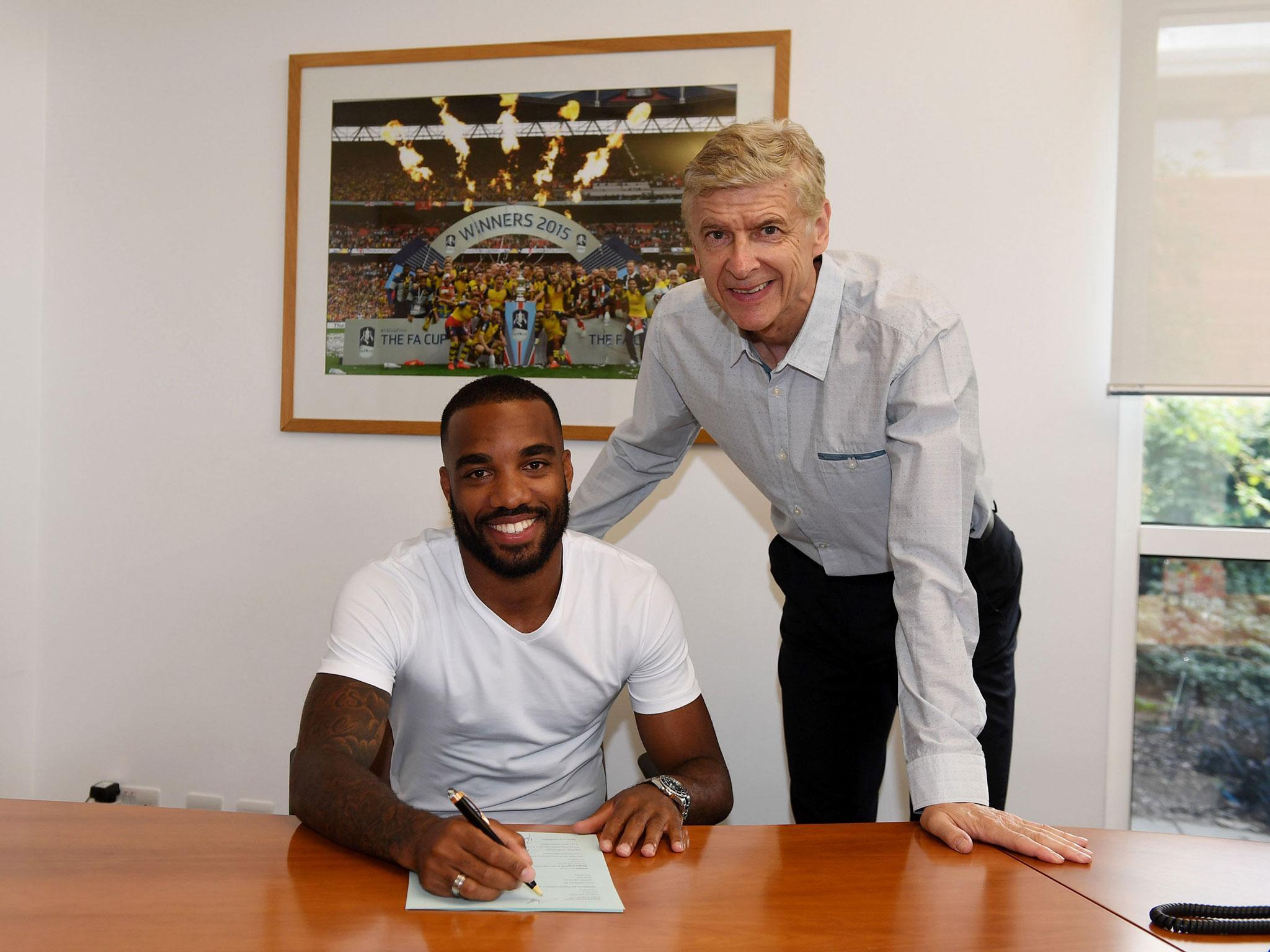
As an example, when Arsenal acquired Alexandre Lacazette from Lyon for a fee of £53 million, Arsenal will not record the entire £53 million on this year’s books. Rather, the fee will be recorded as £10.6 million in player amortisation in each of the next five years, which corresponds to Lacazette’s five-year contract.
Beyond just the transfer fee, however, Lacazette’s wages must be taken into account when calculating his player costs. Including his basic wages, his separate image rights deal, his signing-on fee, and likely performance-related bonuses, Lacazette’s overall compensation package, worth in excess of £200,000 per week, will exceed his transfer fee on an annual basis and over the lifetime of his current contract.
So, when Lacazette’s £53 million transfer fee is taken in isolation or included in some metric that only accounts for transfer fees, it says little about Arsenal’s overall transfer strategy or where Lacazette’s deal fits in with the overall football transfer landscape.
Arsenal – along with every other club, the Premier League, and UEFA – will look at Lacazette’s player costs as around £22 million per year (amortisation plus compensation) over the next five years, not simply £53 million this year.
For the avoidance of doubt, clubs that are able to will often offer to pay the entire transfer fee up front, as this is a benefit to the selling club and a bargaining chip. For large transfer fees, however, the fees are usually paid in regular instalments over a year or two.
Note that these are strictly accounting mechanisms and are universal practices that every club in Europe’s top eight leagues (and many clubs beyond) adhere to. However, these practices are absolutely essential to understanding how clubs actually calculate player costs and budget for new signings, especially in light of domestic and UEFA financial fair play regulations.
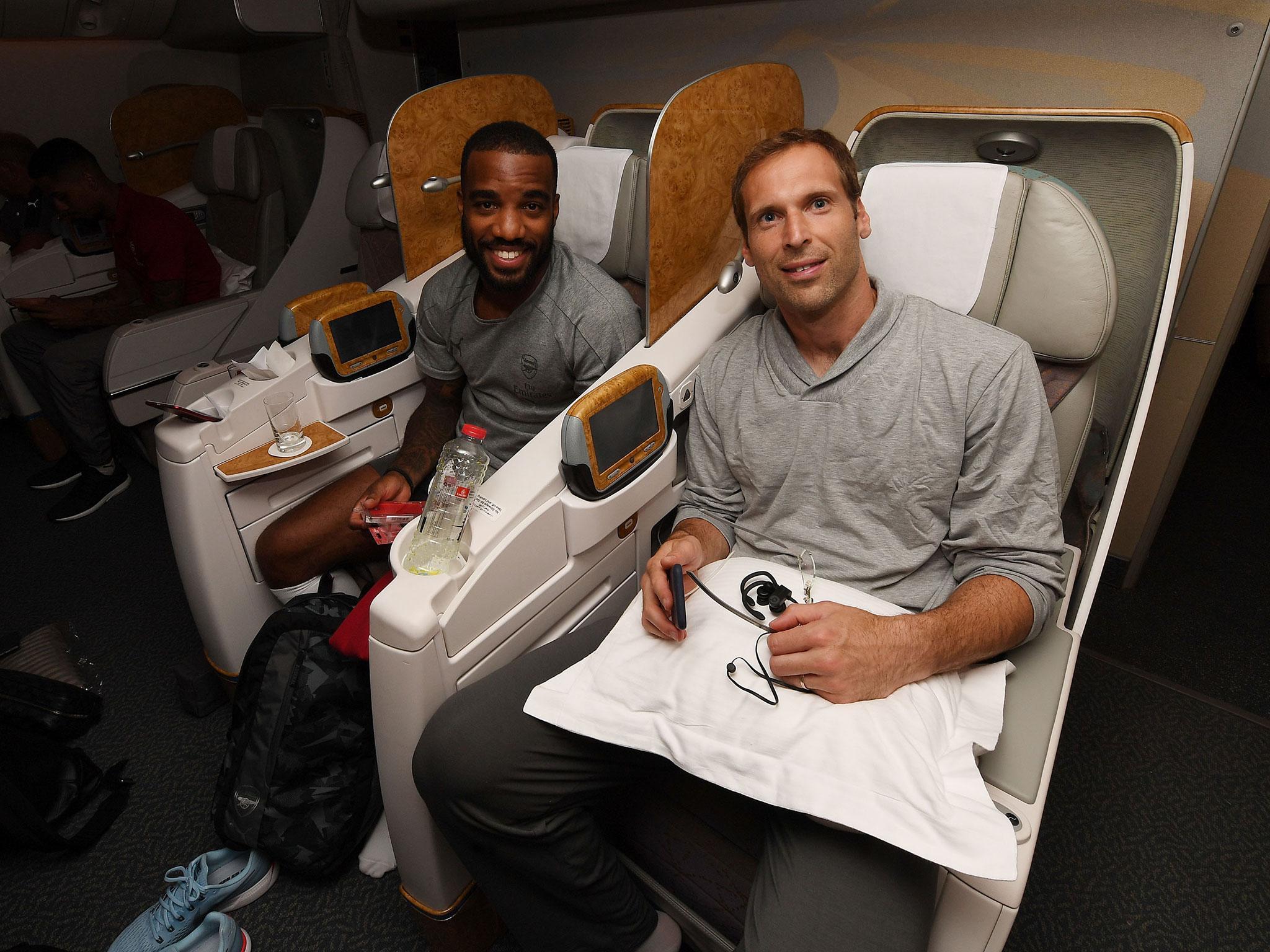
Why aren't there swap deals?
It’s safe to disregard almost every rumoured swap deal as nonsense. Save for a few exceptions that prove the rule (Gallas/Cole, Eto’o/Ibrahimovic, Matic/Luiz), swap deals almost never happen (for the avoidance of doubt, Wayne Rooney and Romelu Lukaku trading clubs was not a swap deal).
A transfer involving one player is complex enough. When a second player is added to the same transaction, so too is an additional and often prohibitive layer of complexity.
A second player brings another negotiation between the clubs over the value of the player, another contract negotiation with the player and his agent, and additional agent fees. Also, both players have to be willing to move.
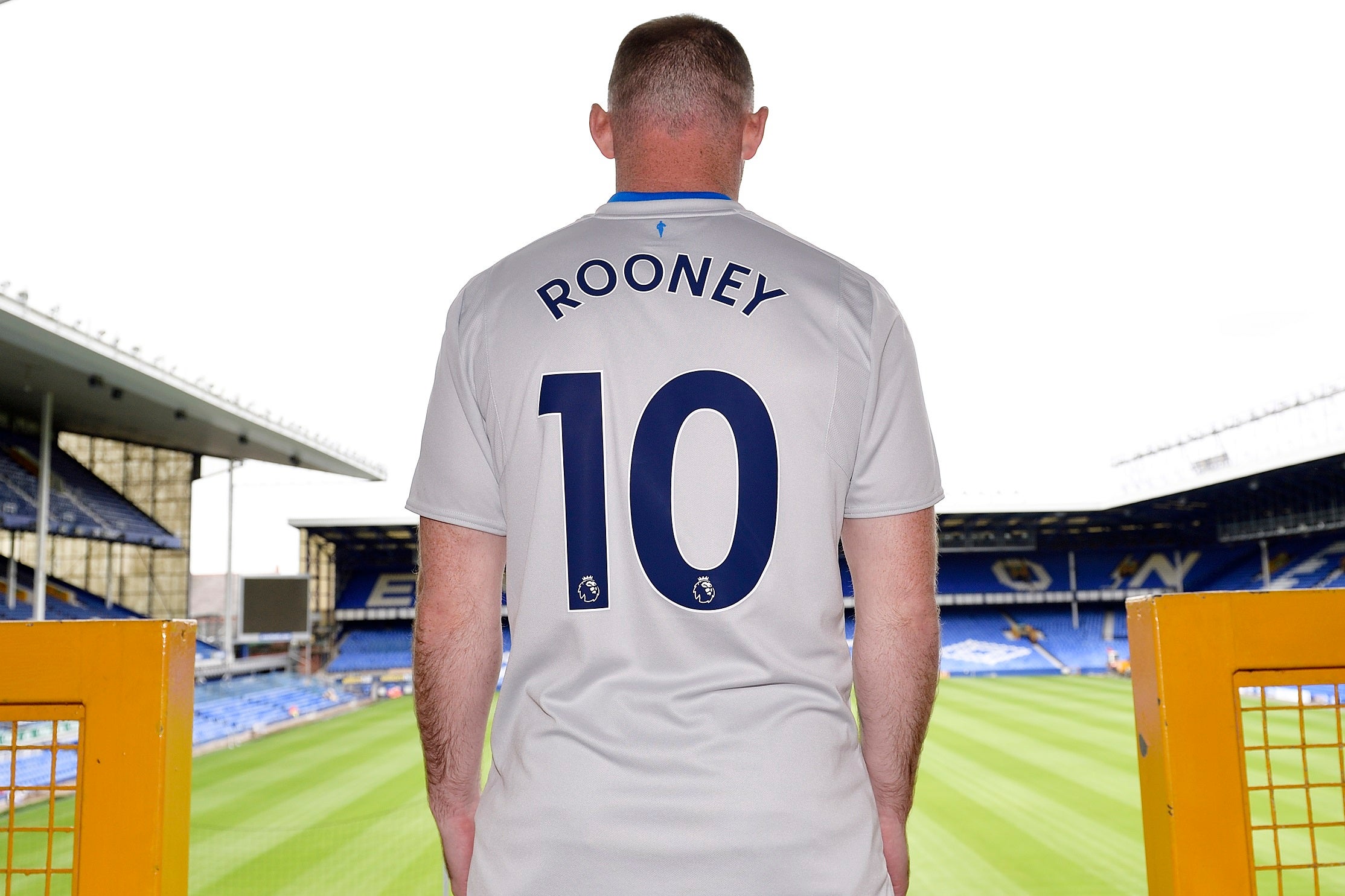
How do release clauses work?
There is sometimes confusion when a player who is reported to have a release clause is the subject of a bid that meets the valuation specified in the clause, but is never actually sold to the club which made the bid.
This is because there are two types of release clauses: actual release clauses, and what are called “good faith” release clauses.
Actual release clauses will oblige the player’s club to sell the player to a club who meets the terms and conditions specified in the clause. These terms and conditions can vary, but clubs will often try to structure it in way that will prevent a direct competitor from activating the clause. For example, a Premier League club may disqualify other Premier League clubs from activating the clause. Also, Portuguese clubs tend to set the triggering amount for other Portuguese clubs at triple or even quadruple the amount set for all other clubs.
A “good faith” release clause is essentially meaningless, as it merely obliges the player’s club to consider the bid and enter into good faith discussions over the potential sale of the player.
Join our commenting forum
Join thought-provoking conversations, follow other Independent readers and see their replies
Comments